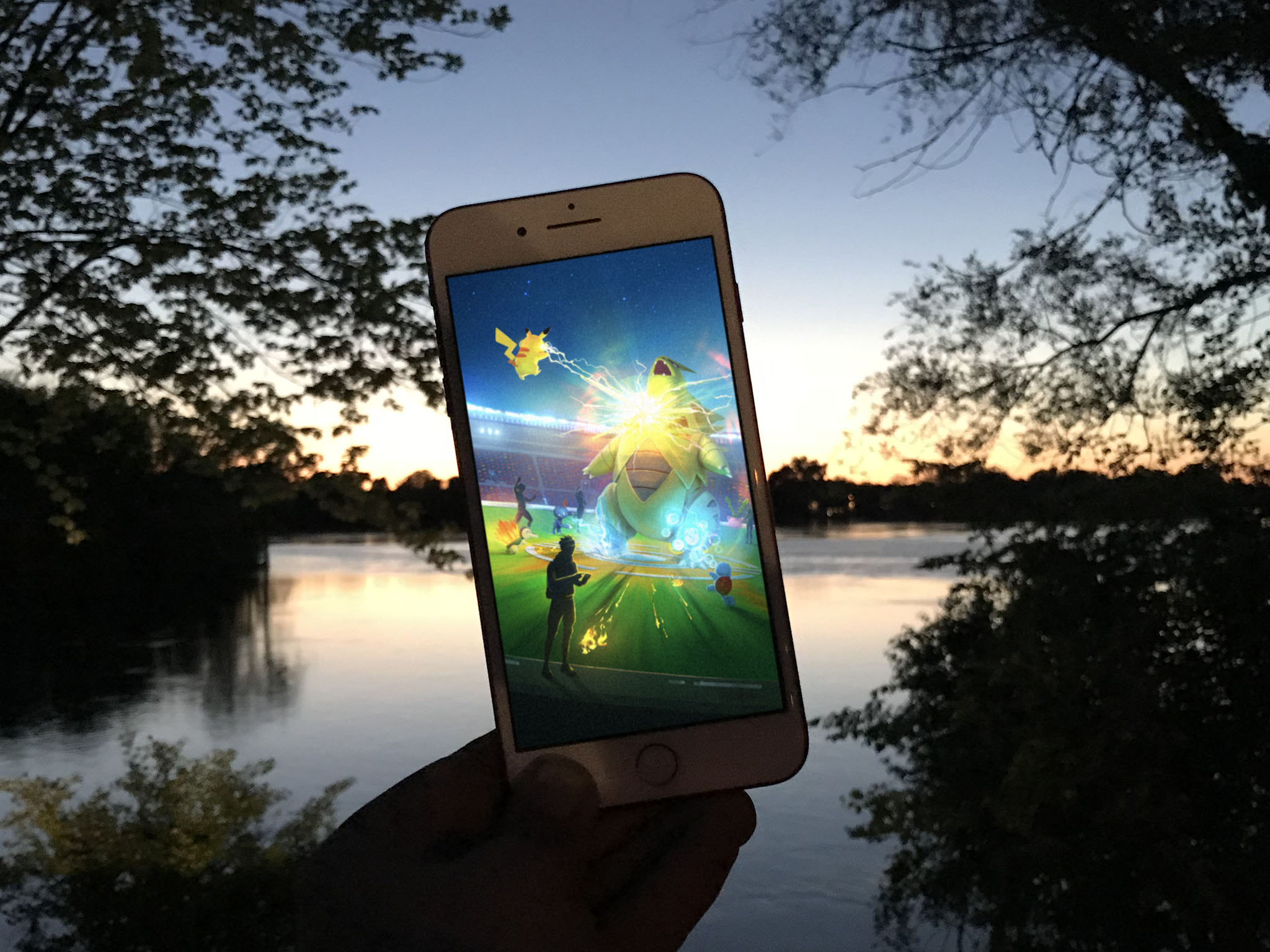Pokémon Go hit the world like a Solar Beam. Or a Hyper Beam. Some kind of powerfully explosive beam. Those who were familiar with the classic franchise and the cutting-edge technology knew it was going to be big. No one knew how big. Server-crushing, street-flooding, industry-redefining, culture-shaping big.
A year later and we've seen the developer, Niantic, mostly get a handle on the servers. Mostly. We've also seen the initial tsunami of players coalesce into a lower, if steadier wave. We've seen Gen 2 launch. And, just last month, we saw the biggest update in the brief history of the game — an all-new Gym system and Battle Raids. Literal game-changers both.
But are they the next chapters in the Pokémon Go saga and ones that will re-ignite interest and growth from new and old players alike, or are they merely a last hurrah before gamers move on to the next big thing?
About this review
I've been playing Pokémon Go since a week after it launched. I've completed the regional Pokédex, gotten most of the medals, held multiple Gyms under the old system and new, won over 100 Battle Raids, and reached level 40.
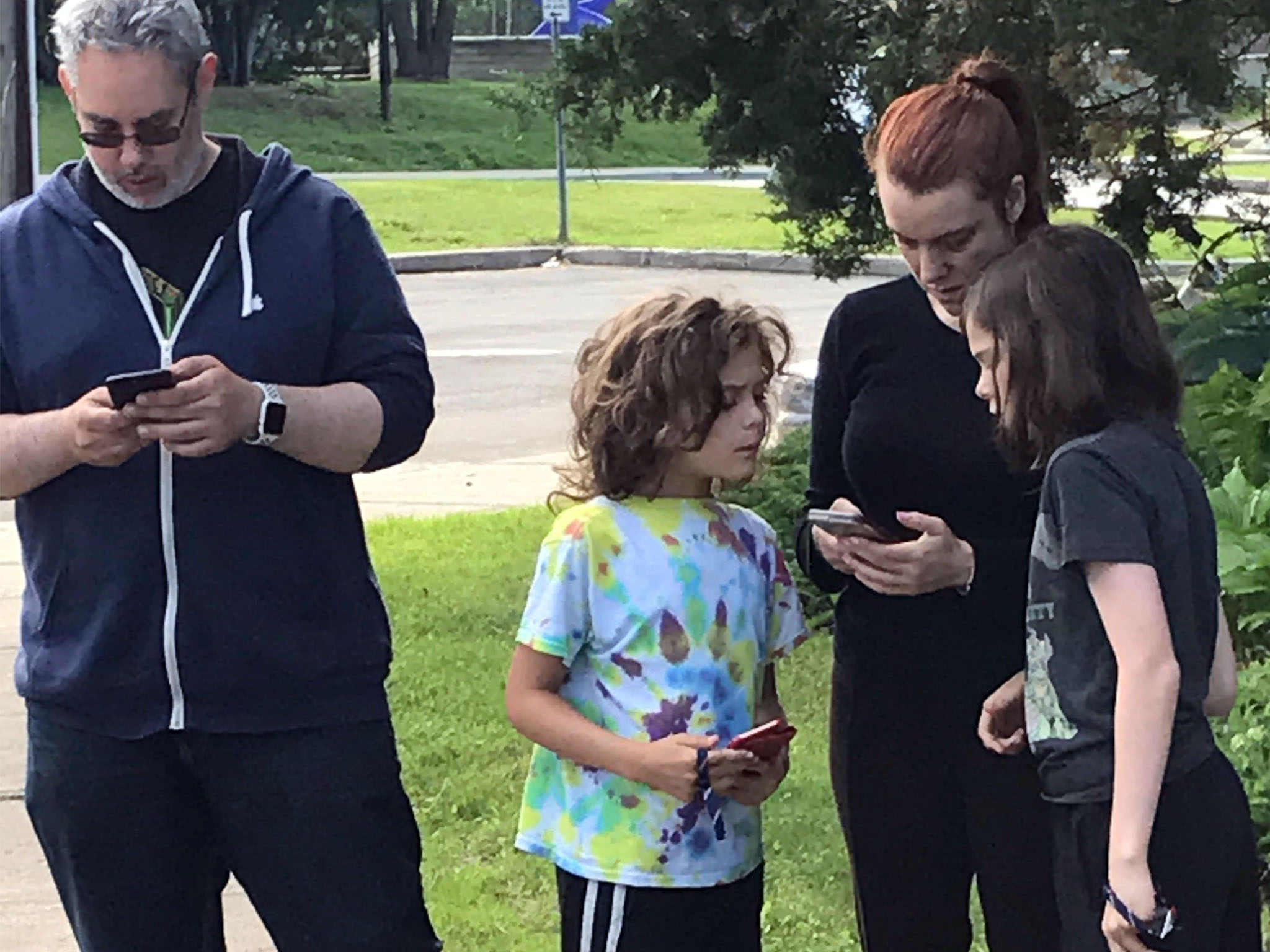
I don't even want to think about how many hours or dollars I've spent (Lucky Eggs, Incubators, and Raid Passes are my Kryptonite).
In that time I've played alone, including taking down old Blissey walls and going solo on several Tier 3 Raids. I've played with groups of up to 30 people sweeping Gyms and taking down Raid Bosses. I've also played regularly with my elementary school-aged god children, both much better versed in all things Pokémon than I could ever be, and friends who are far more casual.
I've written dozens of articles here on iMore and participated on Reddit and in local Facebook groups and chats. In other words, I've played the stuffing out of Pokémon Go, in many ways, with many types of people.
This review represents my thoughts and experiences, one year later.
Pokémon Go New Gym System
The old Pokémon Go Gym system catered to the elite, high-level, high-powered players who could organize and invest the time and resources needed to take and keep Gyms for the long haul. That represented only a very, very small percentage of the base and everyone else was either frozen out, relegated to scraps, or went all Team Rocket, rules and terms-of-service be damned.
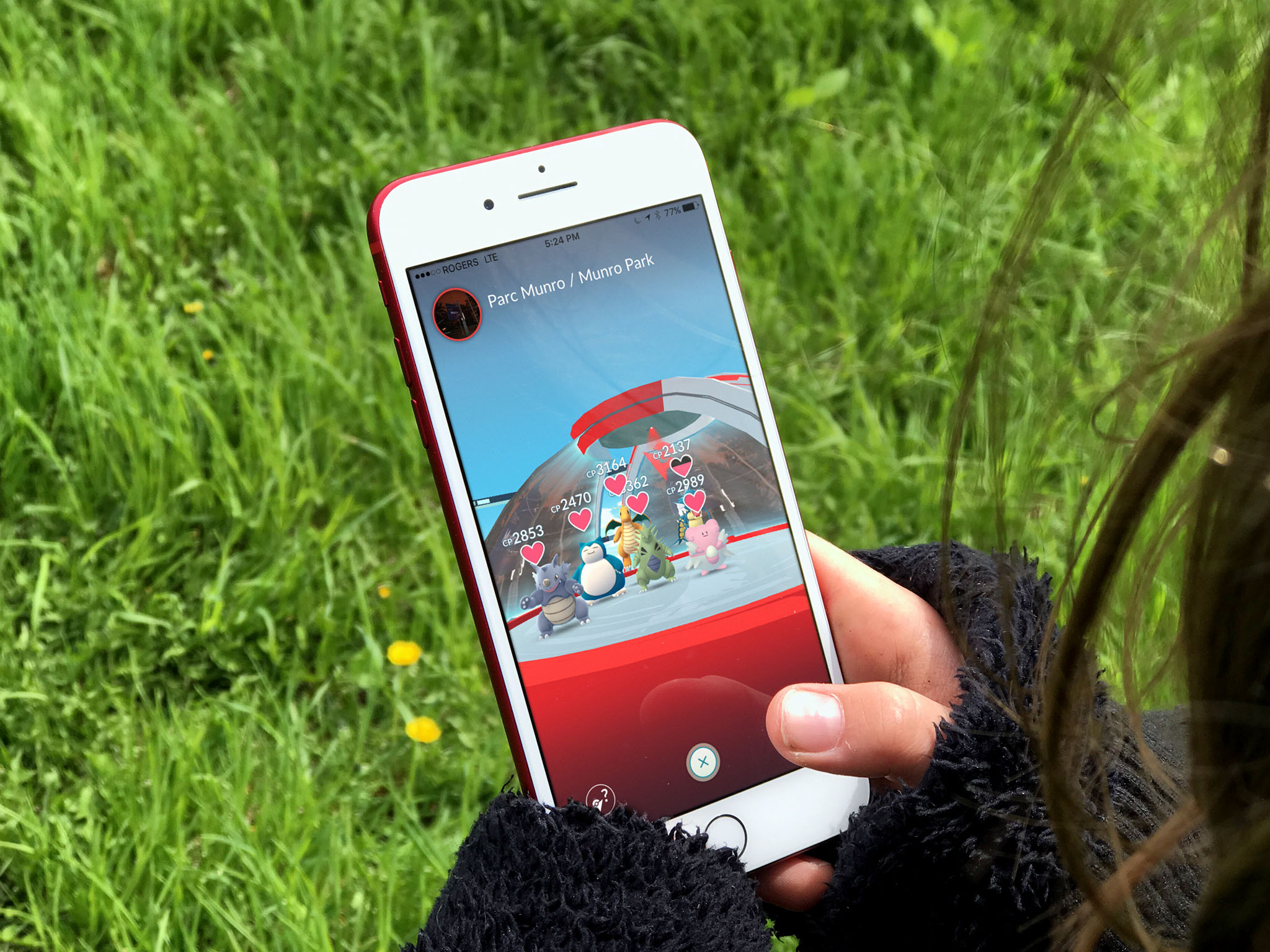
Under the old system, taking over a Gym gave your team three slots, and you could then battle your own Gym to "prestige" it up to 10 slots. The Pokémon with the highest CP (combat power) sat at the top of the Gym and, thus, were least likely to be knock off by players from rival teams. That led to the seven Pokémon with the highest CP — Tyranitar, Dragonite, Rhydon, Snorlax, Gyarados, Blissey, and Vaporeon — becoming the only Pokémon you saw on Gyms. And, because Blissey, followed by Snorlax, was the hardest to knock out, it wasn't long until you saw Gyms composed entirely of big, pink Blissey walls, or Blissey walls spotted only here and there by Snorlax.
I still have fond memories of taking the Gym at Infinite Loop and at the World Trade Center and losing them again in mere minutes. Of a rival team sweeping down from the north to lay waste to the 10 friendly Gyms around my local nature park, and joining in the response — reclaiming the 10 and then flanking from three sides to tear down 10 rival Gyms all at the same time.
I have even fonder memories of taking my god kids out to battle Gyms, which they had no desire to hold, just to battle again next time.
Overall, though, Gyms became monotonous, stagnant, and exclusionary to the vast majority of players, and because they pitted teams against each other, hostilities sometimes bled over into the real world.
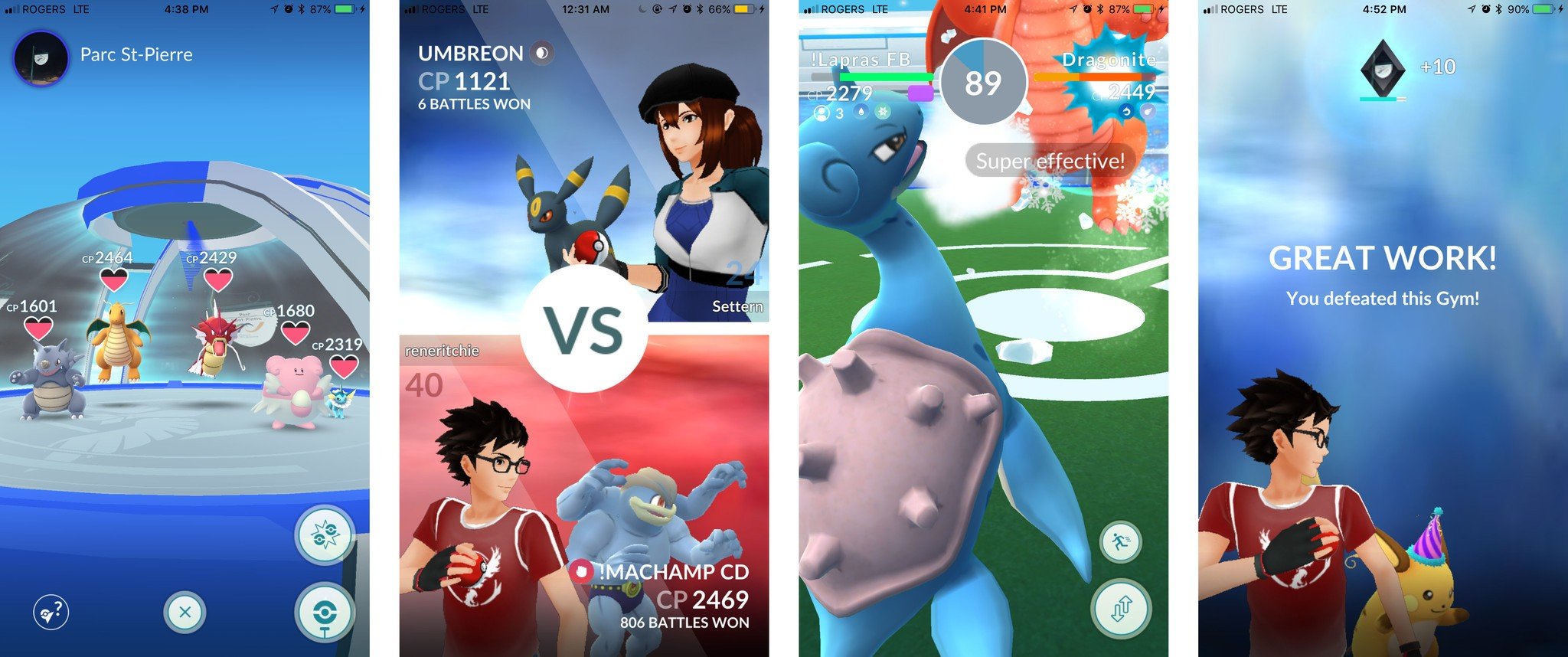
The new Gym system, which launched at the end of June, seems purpose-built to fix many of the problems associated with the old system and bring many of the more casual players back into the game.
Now, taking over a Gym gives your team six slots immediately. You can also only place one of each kind of Pokémon in each Gym now, so no more Blissey walls. Pokémon placed in Gyms start losing power at the rate of 1% an hour, but critically high-powered Pokémon lose at a rate of 10% an hour. That leads to much greater diversity in Gyms, which has made Gyms much more interesting.
It has hurt high-level players who spent months powering up Gym defenders to 3000 or over — your's truly included — but it's more than balanced out by opening up Gyms to countless other players who simply couldn't engage before.
Stagnation has also been addressed by the new combat dynamic, which requires only three battles to knock a full-CP Pokémon out of a Gym, and perhaps as few as two or even just one fight if the Pokémon has lost significant power first.
In other words, where before it could take a high-level player over forty battles and a good hour or more of time to take down an all-Blissey Gym, now even lower-level players can knock down any Gym in 15 minutes or less.
Unless you were one of the people who felt locked out of Gyms before, it's impossible to truly convey how big or how welcome a change that is.
The greater diversity has also created greater depth, since players don't simply have to collect and develop a few counters to the same Pokémon. Now a knowledge of type, resistance, and effectiveness is far better rewarded. That's thanks to Pokémon Go changing up how things like same-type attack bonus works.
It's even led to theme gyms. Everything from Eeveelutions to Team Rocket, Sea Food, Fossils, Starters, Jungle Gym, Babies, colors, types, and more. In short, it's been fun.
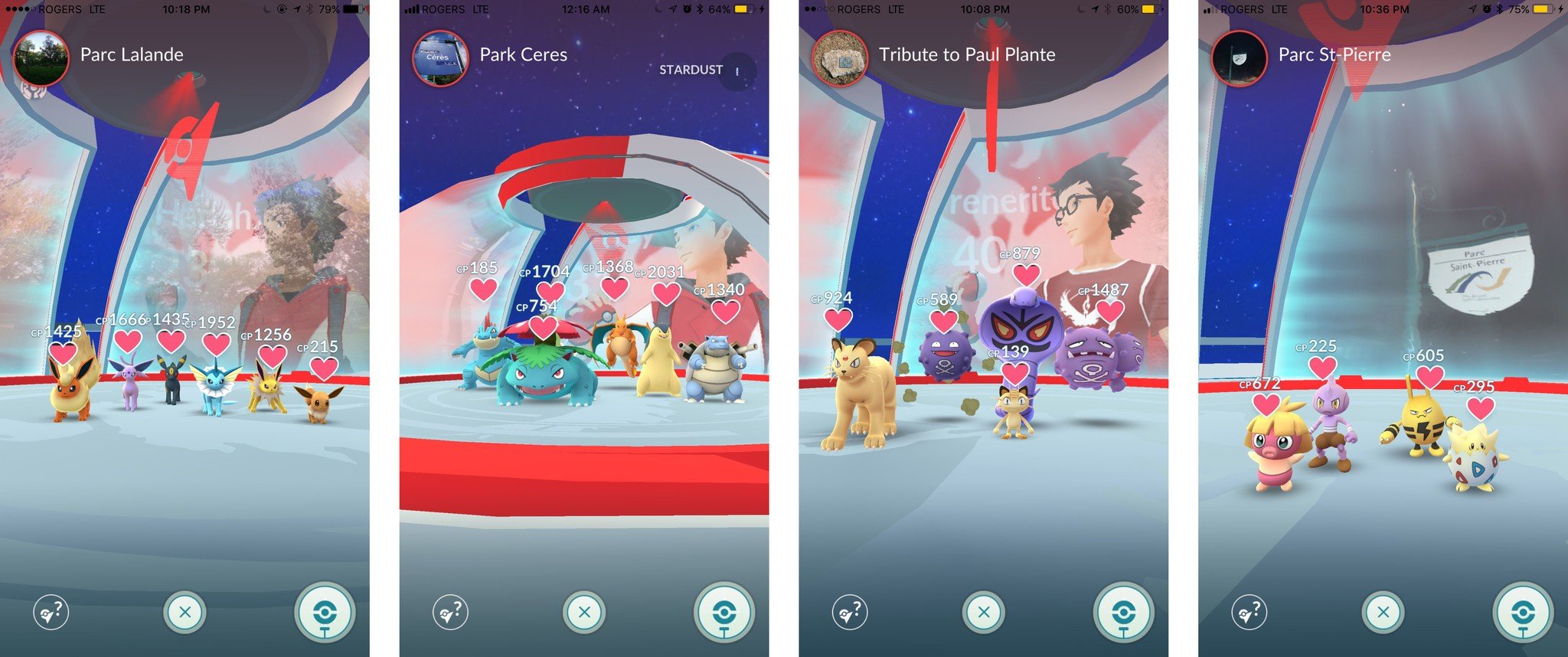
That's not to say there aren't still problems.
Under the old Gym system, once every 21 hours, you could collect 10 "coins" (in-game currency) and 500 "stardust" (the fuel needed to power up Pokémon) for every Pokémon you had on a Gym, up to a maximum of 10 Gyms, for a total of 100 coins and 5000 stardust.
Under the new Gym system, you earn 1 coin for every 10 minutes your Pokémon is on a Gym but can only collect it once they're knocked off. That's fine, but the limit is now 50 coins maximum, not just per Pokémon, but per day. So, if you've had 10 Pokémon on 10 Gyms for 10 days, and they're all kicked off at the same time, you only get 50 coins total. (It was originally 100 coins but accrued slower and changed to 50 coins shortly after launch.)
It's not like Pokémon Go can run out of coins, so this feels needlessly cheap on Niantic's part. Especially with so many new players now involved in Gyms. Restoring the 100-coin cap seems like a fairer solution for everyone.
Worse, there's no longer a stardust award. Now, instead, you get stardust by feeding Berries to Pokémon on Gyms. Not just yours, but any Pokémon on any Gym controlled by your team. The interface for selecting Pokémon to feed isn't great, and trying to sweep between them sometimes causes you to unintentionally feed the wrong one.
You only get 20 stardust per Berry, though. So not only does that mean you'd have to feed 25 Berries to get 500 stardust or 250 Berries to get 5000 stardust, you lose those Berries and have to compete with other players on your own team to feed the Pokémon before they get "full".
Creating an attack-based incentive that rewards with stardust, as has been suggested by numerous members of the community, feels like it would restore balance to that side of the equation and further Pokémon Go's turn-over agenda as well.
The new system is also first in, first out. Which means the person who takes down a Gym and places their Pokémon on it is the first one to battle when someone else comes to take the Gym down or back. That means "shavers" (also known as "cyclers") — people who are too lazy to take down a Gym and so use a second account from a rival team to knock off a friendly Pokémon from the same team so they can replace it with one of their own — can now cheat more effectively than ever.
Randomizing the battle order, so every round starts with a different Pokémon, feels like it would go a long way towards discouraging that kind of cheat and easing the frustration of players who help turn over Gyms frequently.
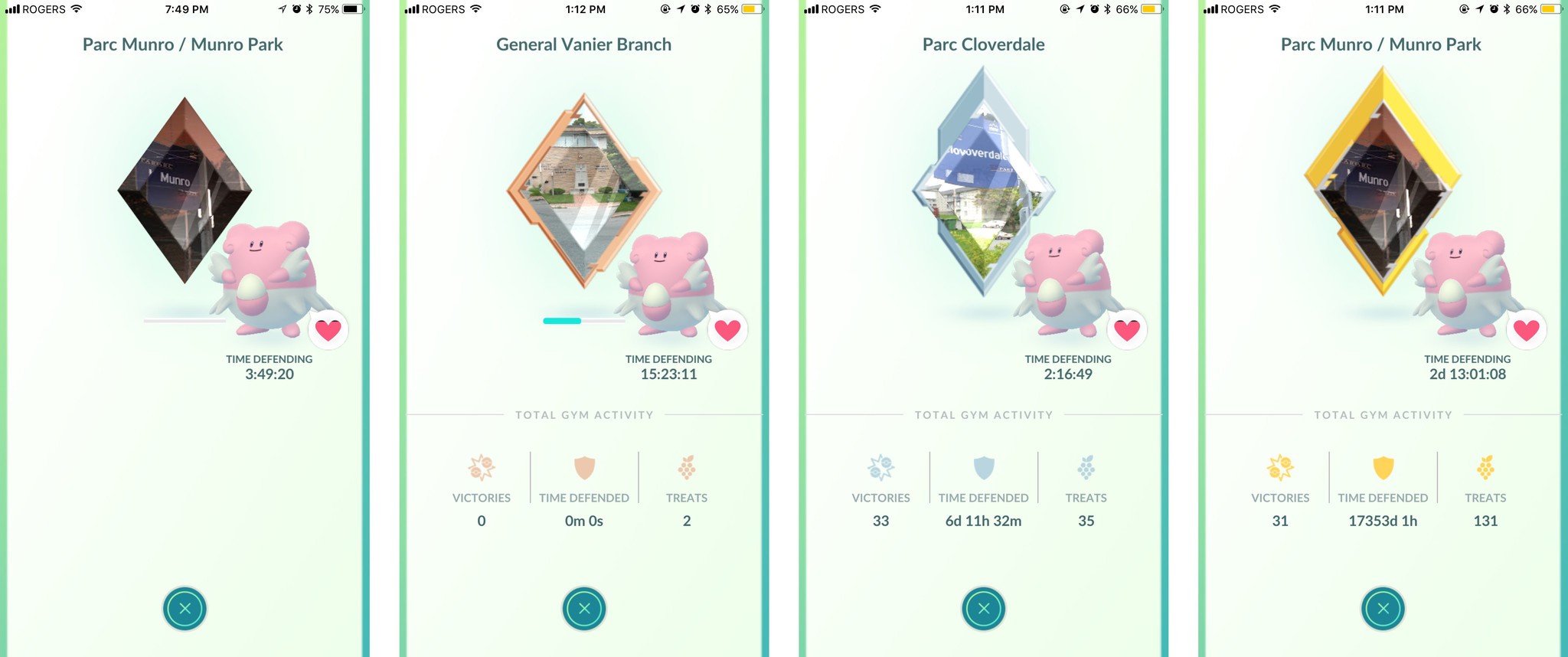
What Pokémon Go got right is Gym badges. Introduced alongside the new system, you now get a badge the first time you interact with any Gym — either at home or while traveling. As you attack and defend Gyms, you gain points and progress through bronze, silver, and gold badges. Each tier gives you bonus items when you spin the new Photo Discs attached to the new Gyms.
It's a great way for Pokémon Go to encourage interaction and for players to get more out of those interactions.
It takes 500 points to get bronze, 4,000 to get silver, and 30,000 to get gold. You get roughly 1400 points per day you occupy a Gym and 1000 every time you compete in a Raid Battle at the Gym.
Because, oh yeah, there are Raid Battles now.
Pokémon Go: Complete guide to the new Gym system
Pokémon Go Raid Battles
Arguably, the bigger news with Pokémon Go's most recent update is Raid Battles. In them, a "Raid Boss" temporarily takes over a Gym and holds it for an hour. During that time, your can spend a Raid Pass for a chance to battle the Boss, and then have two minutes to prepare your team — both your own Pokémon and other players' — and then three minutes to battle and try and beat the Boss.
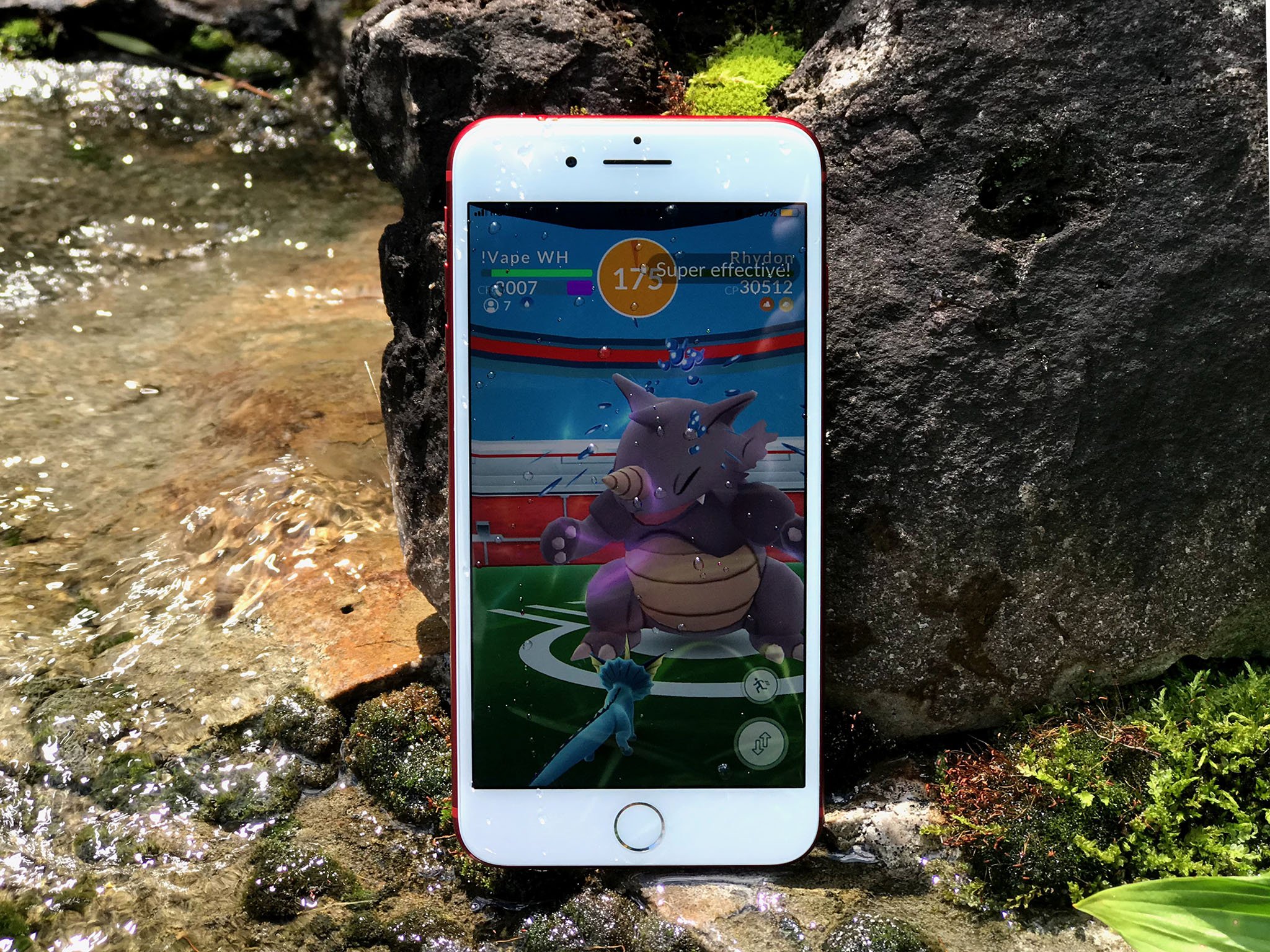
There are five tiers to Battle Raids, though only four are currently available in the game. The first starts with the easy-to-beat and almost introductory Magikarp, while the fourth tops out with the powerful and sought-after Lapras, Snorlax, and Tyranitar.
If you beat the Raid Boss, you not only get a chance to catch it, but you get a chance at new rewards, including Technical Machines (TMs) that let you change the movesets of your Pokémon. Since so much in Pokémon Go is decided by random number generators (essentially a roll of the dice), you could previously spend months collected and walking a favorite, perfect Pokémon only to hit the evolve button and have it "ruined" by a terrible moveset.
With TMs, you get a second, third, fourth chance — as many chances as you can collect from Raid Battles — to re-roll those movesets and hopefully get something ideal.
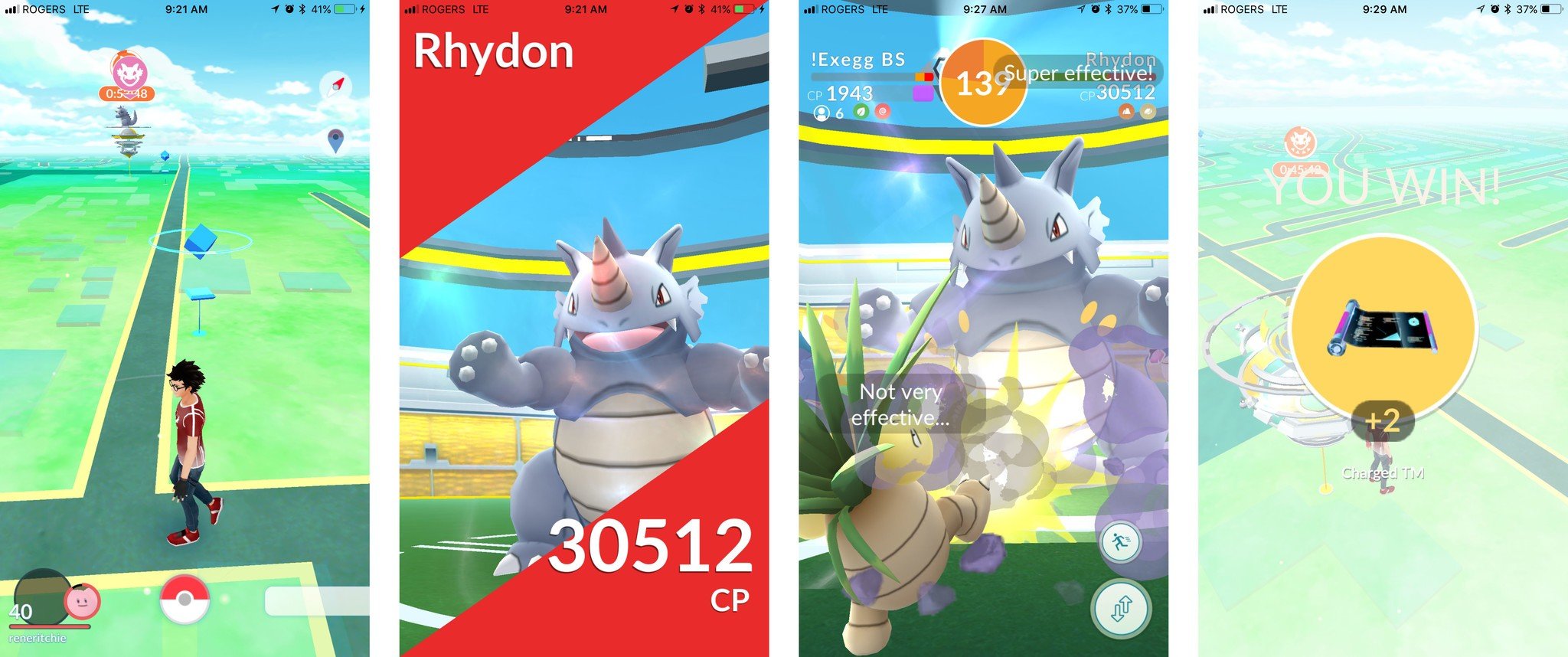
You can join Raid Battle in groups of up to 20 people, either in the main public group or in create-your-own private groups. Most players should be able to beat tier 1 and even tier 2 Battle Raids by themselves. Elite players can solo some of the tier 3. In general, though, it really encourages and rewards being social and cooperative. In my community, for example, there's a Facebook chat for raids where anywhere from a half-dozen to groups of 30 people organize to meet up and battle together.
It's terrific. We've had people of all ages, from kids to seniors, show up for the Raids. By the dozens. Even in the rain. And because everyone is united in battle against the Raid Boss, the old divisions and rivalries all fade away.
You do get extra chances to catch the Raid Boss — made manifest by the number of premier balls you're granted following a win — if your team controls the Gym at the time of the Raid and/or contributes the most damage during the Raid. But, mostly, there are no teams in Raid Battles, only TMs.
My friends and I have had a blast with Raid Battles. So have my god kids and I. Combined with Gym Battles and the catch 'em all aspect, it's made the game deeper, more fun, and more rewarding. Including re-building your Pokémon teams to address the new dynamics. (Counter + Dynamic Punch Machamp is still the world-breaker, but Mud Slap + Earthquake Rhydon is now the widest counter, and Golem with Rock Throw + Stone Edge and Tyranitar with Bite + Crunch are tops of everyone's must-build list.)
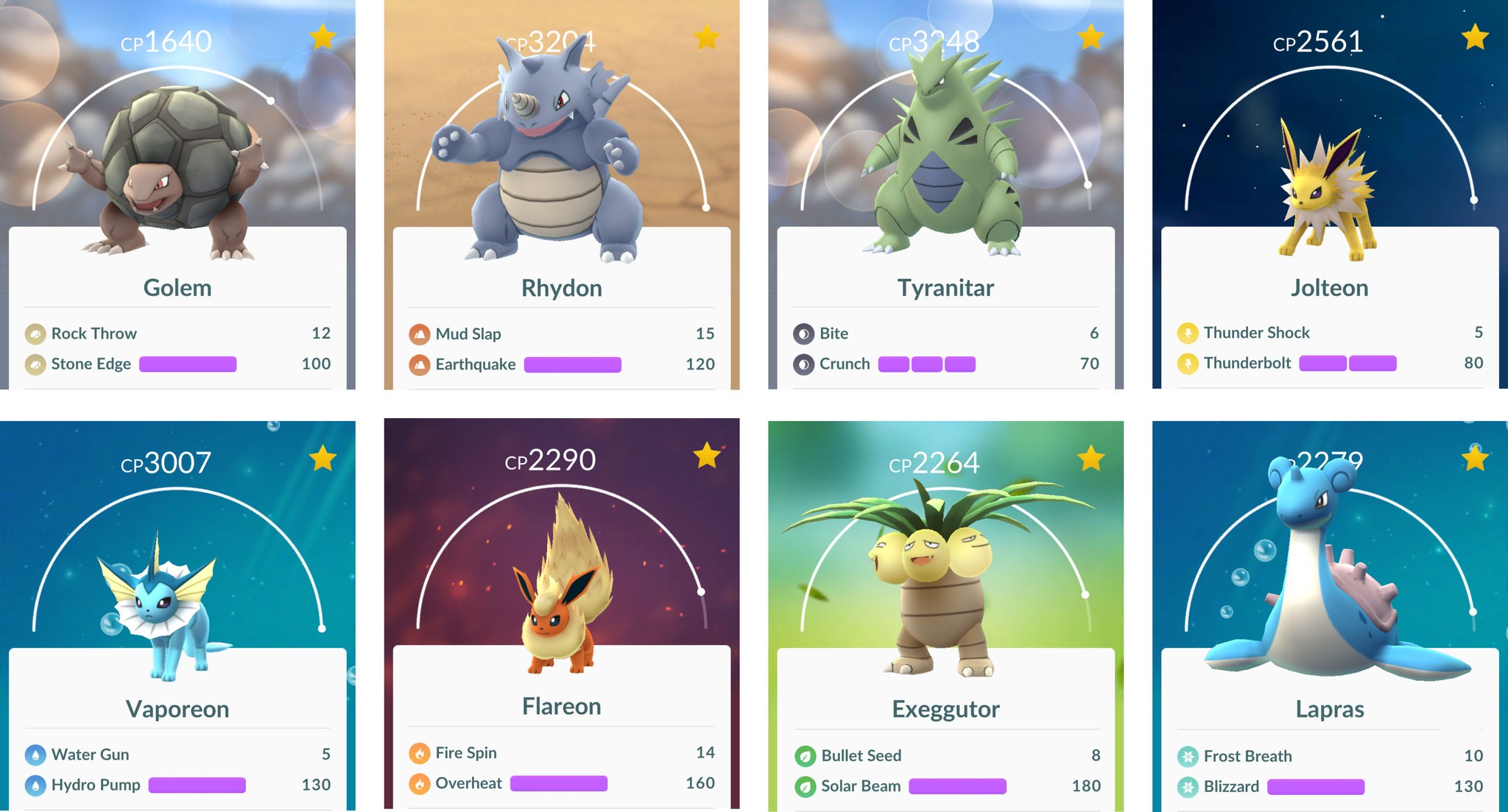
Niantic's infamous server problems still rear their ugly head in Raid Battles. It's gotten a lot better since launch, when there were growing pains aplenty, but there are still an annoying amount of resets, freezes, switch loops, faint glitches, dodge derps, and misfires. Sometimes it feels like you're fighting bugs as much as Bosses.
Also, the automatic team selection is as ridiculous for Raids as it's always been for Gym battles. Most of the time it seems to ignore any strategy whatsoever and just present people with a bunch of Blissey, which aren't ideal for any time-limited challenge. For casual players who don't understand the subtleties of type matching and same type attack bonus, the automatic team is what they go with. And they deserve better selections. Especially if they're paying to play.
To join a Raid Battle you need a Raid Pass. The game gives you one Free Raid Pass a day but you can buy as many Premium Raid Passes as you like for 100 coins (roughly $1) each. You can't stack up on Free Raid passes, though, and there are no discount bundles for Premium Raid Passes. Which makes Raids an expensive proposition.
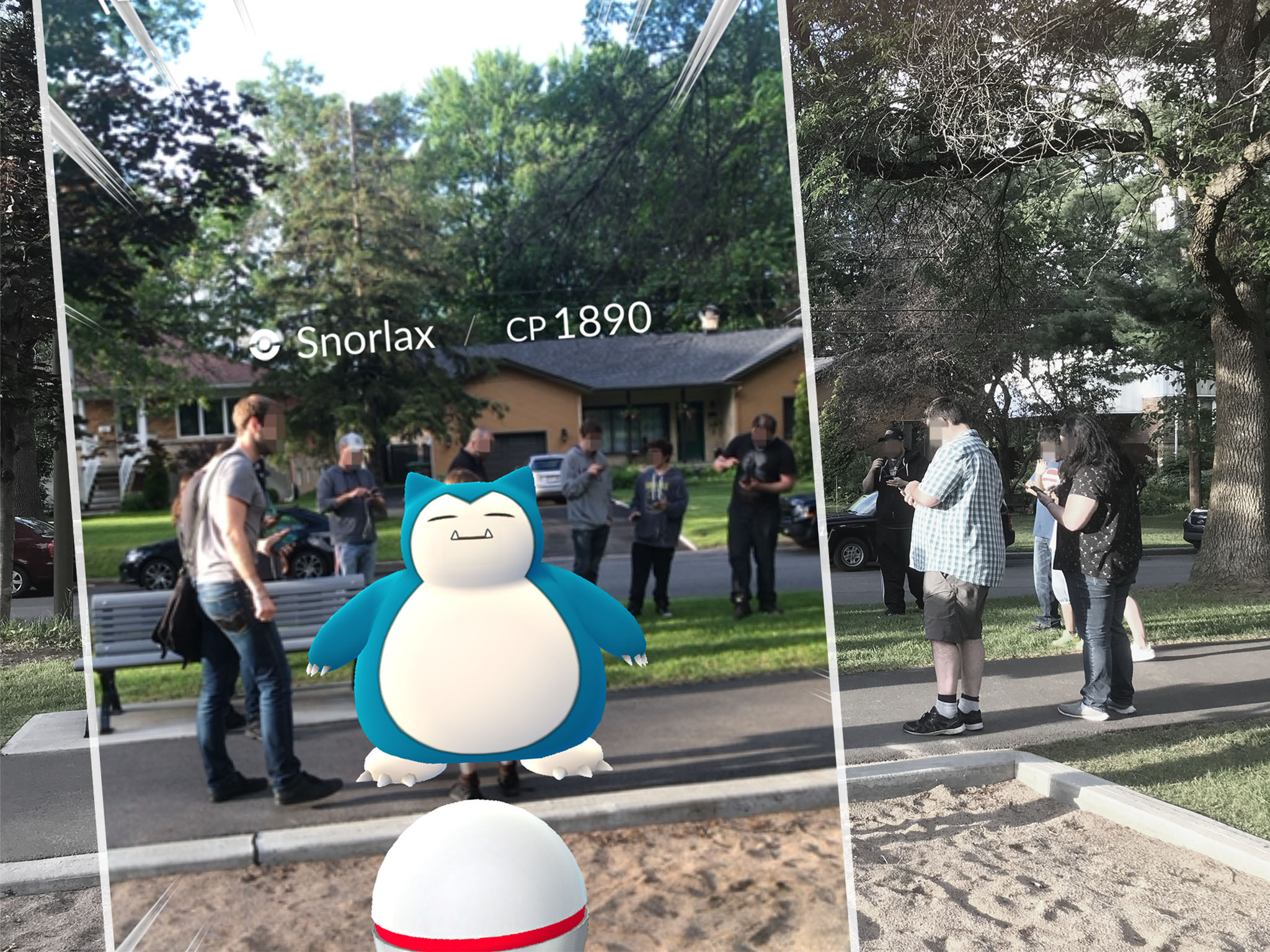
And a lucrative one. Even in my small town there are dozens of people paying to do multiple Raids a day. That may well fade fast but, for now, multiplied across my city, province, country, and all the countries where people play Pokémon Go, and it's serious money for Pokémon Go. Enough to propel the app back to the top of the paid charts.
I've had more fun doing Battle Raids than I've had at most major Hollywood movies these days, and the price of entertainment is always relative, but it'd be nice to see Niantic do something more here. Slight discounts on packs of 8 Premium Raid Passes would be a good start. Very rarely dropping additional Free Raid Passes as rewards for beating Raid Bosses or as part of Raid Streaks would be even better.
It's widely expected that Pokémon Go will rotate Raid Bosses as well. Dragonite, still one of the most sought after and well-rounded attackers in the game, has appeared as a tier four Raid Boss in Pokémon Go's support material but not in the game yet. Blissey, whose hit points (HP) made it such a wall in the old Gym system is also highly anticipated, even if its stats render it more Snorlax-like in Raids. Everything from Cloyster to Shuckle to Gyarados could be a lot of fun as well.
Of course, everyone is waiting on the Legendaries.
Pokémon Go: Complete guide to Battle Raids
Pokémon Go Year Two
Year one was a roller coaster ride of success so swift and sudden it threatened to destroy as much as it created. Over the last few months, Pokémon Go has largely fixed the early server issues — frequent Pokémon Trainer Club account outages not withstanding — and rolled out new in-game elements like Ditto, bonus streaks, Gen 2, a new Gym system, and now Battle Raids.
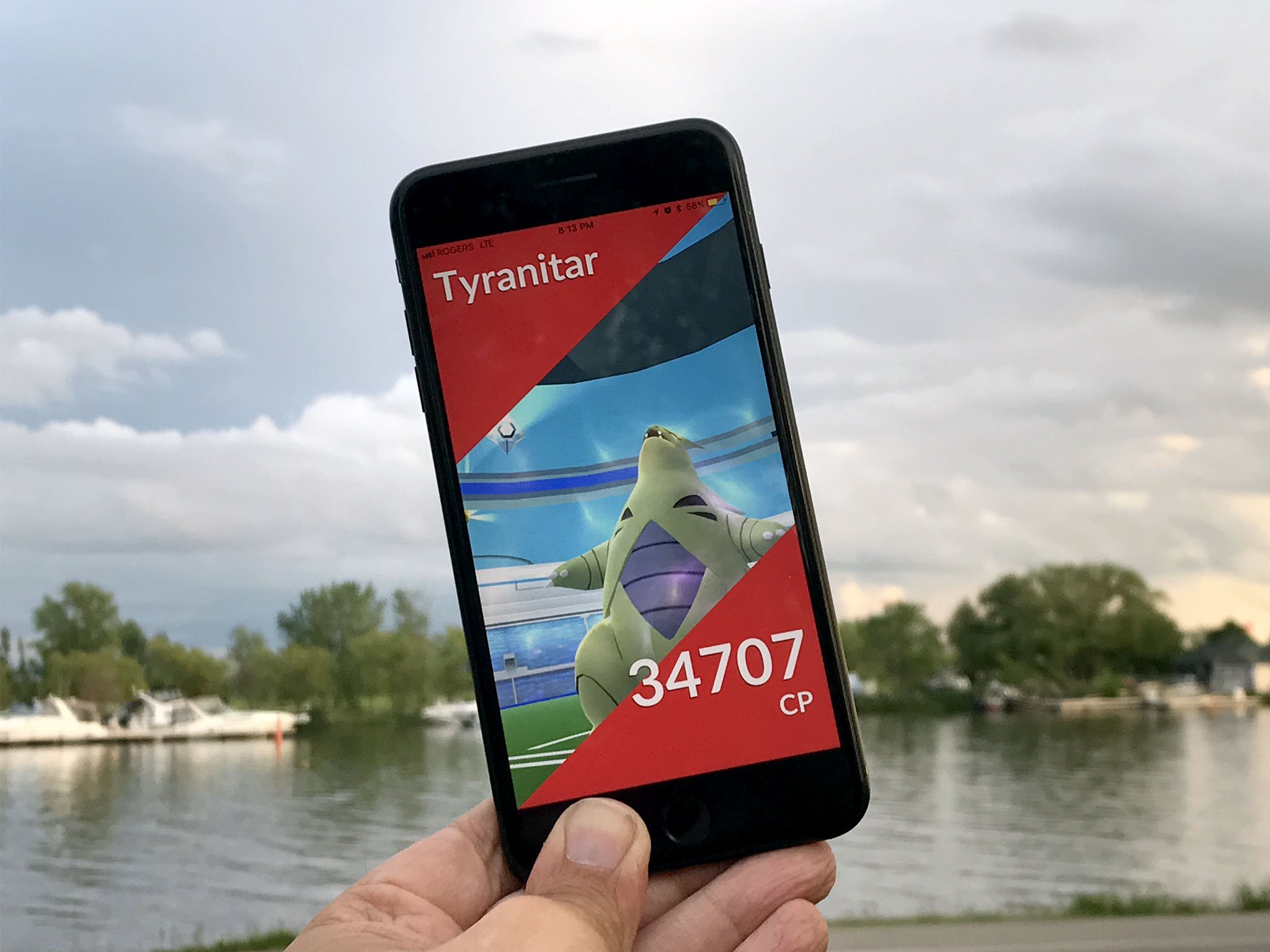
It's kept core players interested and engaged and has a real chance of bringing at least some casual players back and, perhaps, even adding new players to the game — players who can now catch a Snorlax or Tyranitar and not feel like they're hopelessly, helplessly behind. Most importantly, the recent updates have both removed negative incentives from Gyms and created positive incentives through Raids, dispelling old hostilities in the community and creating new bonds of cooperation and co-petition.
Pokémon Go still has significant issues. The in-game tracker, which shows you a few of the Pokémon at "nearby" PokéStops, and some "sightings" in your immediate vicinity, is still terrible. You could have an ultra-rare Unown literally across the street and have no idea thanks to the half-dozen ultra-common Rattatas it's showing you from the Stops. Increasing the range and prioritizing based on rarity would do a lot to get people out and exited to catch again — and away from third-party maps that clog the system with bots.
The Pokémon Go one year anniversary event, which features only an "Ash-hat" Pikachu and a not-very-discounted bundle in the Poké Shop was also widely panned by the player base, especially following the much better events the game has hosted up until now, and expectations surrounding the anniversary.
Combined with the reduction in Gym coins and ongoing cost of Raid Passes, its led to a perception that Niantic is beginning to gouge players. Any successful game has to carefully, constantly balance both but even more importantly — any successful game company has to manage the expectations and perceptions around both.
Niantic has long been seen as more of a geo-company than a game company, but they've stepped up community relations over the last few months so hopefully they can keep it up and improving.
That'll be key as Pokémon Go Fest Chicago approaches. The first major, real-world event, it's where we might get the debut of Legendary Raids. Likewise the Player vs. Player (PvP) and other updates on the roadmap.
It's doubtful we'll ever see the millions of people flooding the streets that made headlines — and crashed servers — when the game first launched a year ago. But it's likely we'll see a ton of interest from the large and perhaps once again growing player base re-enaged by the new features. And that's something Niantic can use to set the stage for the next big chapter of Pokémon Go.

Rene Ritchie is one of the most respected Apple analysts in the business, reaching a combined audience of over 40 million readers a month. His YouTube channel, Vector, has over 90 thousand subscribers and 14 million views and his podcasts, including Debug, have been downloaded over 20 million times. He also regularly co-hosts MacBreak Weekly for the TWiT network and co-hosted CES Live! and Talk Mobile. Based in Montreal, Rene is a former director of product marketing, web developer, and graphic designer. He's authored several books and appeared on numerous television and radio segments to discuss Apple and the technology industry. When not working, he likes to cook, grapple, and spend time with his friends and family.
